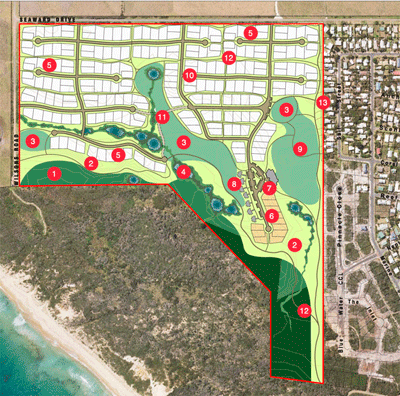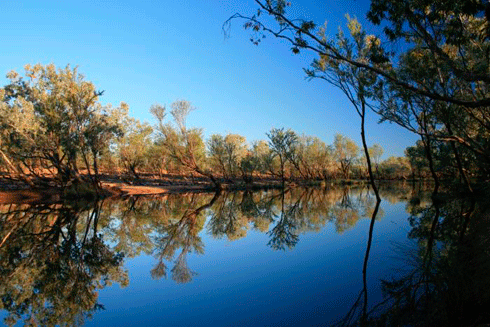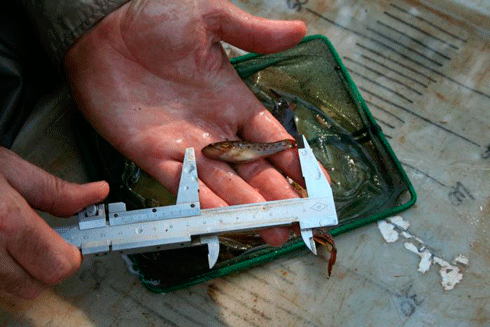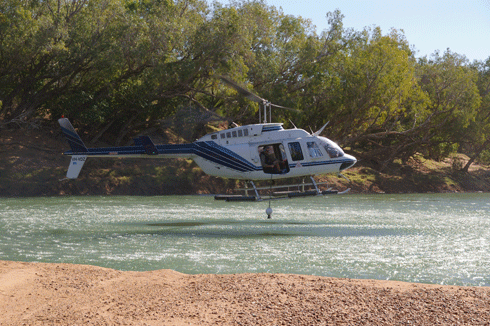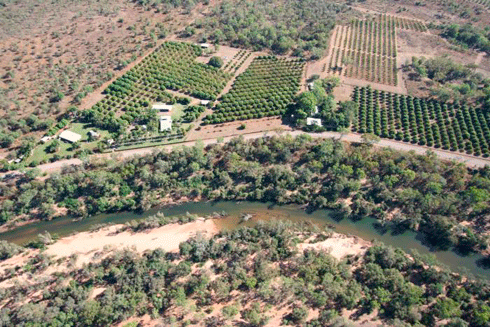
|
Published: 30 January 2012
Payback time for carbon-neutral housing?
Cost can often be a turn-off factor when it comes to sustainable building. But, a study of the proposed Cape Paterson Ecovillage in South Gippsland, Victoria, suggests the tables are turning – building green can take years off the average mortgage and save hundreds of thousands of dollars.
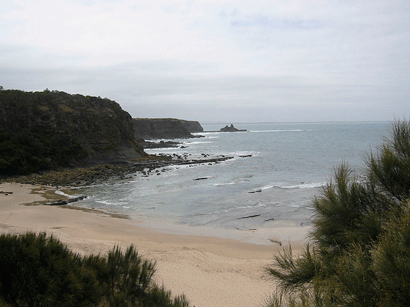
|
|
The ruggedly beautiful environment of Cape Paterson: the setting for a new ecovillage that promises homes with a zero carbon footprint in terms of annual energy use. Credit:
Cookaa/Wikimedia Commons
|
The Cape Paterson Ecovillage – 140 km south-east of Melbourne – is designed to be Australia’s first zero-carbon housing project.1 Project Director, Mr Brendan Condon, initially believed its high environmental standards would entail a large price premium for residents. But, this was not to be the case, according to a Zero Carbon Study conducted by the Ecovillage Partnership and a subsequent peer review commissioned by Sustainability Victoria in 2011.
‘The study showed that we have reached a tipping point, where it makes sense to invest in carbon neutral housing, with the rising cost of energy, water and oil and the decreasing cost of sustainable systems like solar panels,’ says Mr Condon.
‘We found that building this way can be really important for creating economic security, let alone reducing environmental impacts.’
The peer review report – written by Mr Anthony (Tosh) Szatow, an independent consultant and former Project Leader of CSIRO’s Intelligent Grid Research Program – included a cost–benefit analysis of the buildings’ sustainability features from a consumer’s perspective.
‘If I am building and I spend an extra $30 000 on sustainability features in my new home, [the report shows] I am going to get a return on that investment,’ says Mr Szatow. ‘If I’ve got to make a decision between putting money in the share market, superannuation or my home, [the report] gives me a way to make that comparison.’
The zero-carbon features of Cape Paterson Ecovillage homes include: a maximum size of 200 m2; a 7.5-energy-star rating; minimum 2.5 kW photovoltaic solar power systems; highly efficient space heating and cooling; solar hot water and lighting; and a 10 000 litre rainwater tank for each home. Electric vehicle use is also encouraged.
Mr Szatow compared the cost of building and paying off a mortgage on a 7.5-star home – which meets the zero-carbon criteria of the Cape Paterson Ecovillage – with three other typical Victorian homes:
-
a non-energy-rated pre-existing standard home of the same size (200 m2)
-
a new 6-star home of the same size (200 m2)
-
a new 6-star home with a floor area 25 per cent larger (250 m2).
He found that, compared to a new 6-star house of the same size, the future energy and water savings of a typical Cape Paterson Ecovillage 7.5-star house would allow its owners to be better off financially, achieving investment returns of 6–10 per cent after tax. If capital cost reductions of 20 per cent associated with bulk orders for construction are included, after-tax-return rates could rise to 7.2–11.2 per cent.
Mr Szatow’s study also found that compared to the new 6-star house of the same size, Ecovillage home buyers could save between 2.5 and 5.5 years on a 25-year mortgage if sustainability savings were used to accelerate mortgage payments. When the purchase and use of an electric vehicle are included in the calculations, savings could exceed $300 000 over that time.
According to Mr Szatow’s analysis, the benefits are even greater when the Ecovillage home is contrasted with the two other properties. Compared with the non-energy-rated home, the energy and water savings gained through an Ecovillage home would be the equivalent of putting $59 000 in the bank today for 25 years at a compound interest rate of 6 per cent after tax. Compared with the larger 6-star home, the saving from an Ecovillage property is worth $71 000 on the same basis.
So, have we reached a tipping point where the financial benefits of building and living sustainably outweigh the costs? Professor of Sustainability at Curtin University, Peter Newman, agrees: but is critical of the 220-lot Cape Paterson Ecovillage as a viable model for urban areas.
‘It is a very nice piece of work on what buildings can achieve in a zero-carbon future, but it is not a model for our cities,’ he says. ‘It is a wealthy retirement village eco-model.’
He argues further that electric vehicles alone are not the basis of a zero-carbon transport system.
‘We must continue the process of reducing car use until it is down to less than 50 per cent of current levels.2 The rest will be made up of sustainable modes of transport – not possible in this location – by achieving a polycentric city with significantly reduced car dependence. [The Cape Paterson Ecovillage] model increases car dependence.’
Prof. Newman believes the model won’t ‘solve anything much’.
‘It will only give many in our cities who don’t want to change to more [public transport], walking and denser urban centres an excuse to say they don’t need to change. As Cape Paterson shows, we just need a bit of distributed energy and environmental vehicles.’
In response, Brendan Condon argues that,‘While the project was designed for a rural community, not an urban context, many of the sustainability systems planned for the ecovillage are readily transferrable to higher density city living.
‘These include extensive onsite solar energy generation, an electric vehicle car share scheme, cycling paths and pedestrian links, biodiversity corridors, community food production and energy-efficient buildings.
‘The study demonstrates that zero-carbon housing is now categorically the most affordable housing option for families, younger people and retirees, when spiralling energy, water and oil costs are considered.’
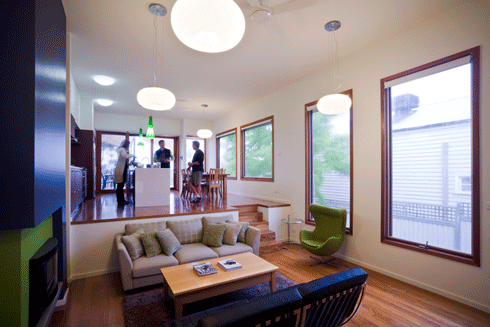
|
|
An energy-efficient home in an existing Melbourne suburb: the real challenge for cities lies in converting existing housing stock. Credit:
ATA
|
Mr Damien Moyse, Energy Policy Manager at the Alternative Energy Association, believes the Victorian government needs to take the findings seriously and invest in further studies: ‘not just on a single development site at Cape Paterson, but across Victoria’s building and development stock, projecting out over the next two to three decades’.
Mr Moyse says the government needs to ask itself where it wants to be 20 years from now.
‘There is an opportunity for government to invest in, or regulate around, energy-efficiency measures to deliver the financial and environmental benefits that this study demonstrates.’
1 Zero-carbon or carbon-neutral housing produces as much energy on site as it consumes. This definition does not include emissions produced during house construction.
2 Peter Newman and Jeff Kenworthy; Peak Car Use: Understanding the demise of Automobile Dependence. Curtin University Sustainability Policy Institute, Perth Western Australia.


